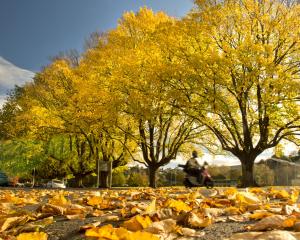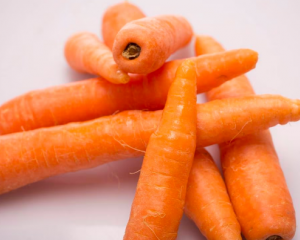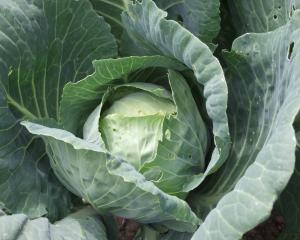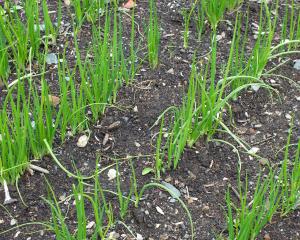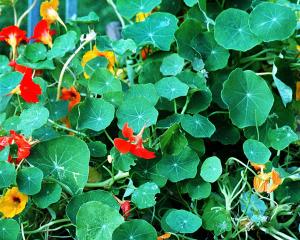Vegetable garden
Carrots can be left in the ground until August, then lifted and heeled into the soil.
Lettuce can be sown from now until early April in gardens with suitable conditions for growing them over the winter. Select hardy varieties - the heritage French variety Rouge d'Hiver is among the best - and grow them under cloches or in large pots on a sunny porch.
Autumn-sown lettuces need well-drained soil, rich in compost. Adding coarse river sand will help lighten heavy soils. Sow seeds sparingly in rows 25cm to 30cm apart and press the soil gently but firmly.
Onions can be sown now to stand over the winter. Select an open, sunny place, adding well-rotted compost and lime. Onions do well in well-limed soils. In heavy clay soils, 1kg a square metre can be applied.
French and runner beans should be producing freely. Regular watering or liquid manure applications will ensure the maximum crop, as will picking the beans as they mature.
At this stage in their growth, cauliflowers and celery also respond to feeding and watering if the weather is dry.
Cauliflowers reaching maturity should have their outside leaves turned over, protecting the curds from sunshine and preserving their whiteness. Derris dust will keep white butterflies from attacking cauliflowers and other brassicas.
Sweet corn should be harvested at the milk stage and tastes best when the cobs are cooked within a few hours of harvesting.
Flower garden
This is the month to plant bulbs for spring displays. Old-fashioned, sweet-scented red-brown wallflowers are excellent companions for daffodils. Sow them beside a late-flowering variety of daffodil. Purple violas also look good with late-flowering daffodils.
Tulips look best when planted in patches of eight or 10. Hide the soil and reduce weeding by planting annuals to complement your tulip display. Purple or light blue pansies look good with yellow tulips; blue forget-me-nots go well with early pink ones; and team white or yellow violas with dark red or purple tulips.
Crocus bulbs and Iris reticulata are best seen if planted along the edges of paths, while glory of the snow (Chionodoxa luciliae), snowdrops and scillas are good in rose beds or used to cover bare ground under trees.
Hyacinths and narcissi planned for bowls should be planted as soon as possible. Set bulbs in potting mix, allowing 2.5cm space between them, then cover with mix. Water freely and stand in a cool, dark place (such as a cupboard) until shoots are about 2.5cm long, then move bowls into a well-lit position and keep soil moist, although not waterlogged.
Rambling roses will have completed their flowering season and can now be pruned. If there is plenty of new growth at ground level, cut off the old branches that have borne flowers. If new growth is not great, just remove worn or diseased wood and cut back faded flower trusses and seed hips. A liberal dressing of compost or commercial rose fertiliser will encourage young growth next season.
Polyanthus and primroses can be planted any time from now until the end of July, and will still be making a good show until September or October.
Lawn grass seed will still germinate if sown by April.
Fruit
Tomatoes grown outdoors will be producing now. Reduce watering to encourage the crop to ripen before early frosts kill the plants or ruin unripened fruit. Remove any leaves shading the fruit clusters and pinch out the vigorous side shoots that can appear at this season.
Glasshouse tomatoes should have the same treatment to keep them fruiting as long as possible.


